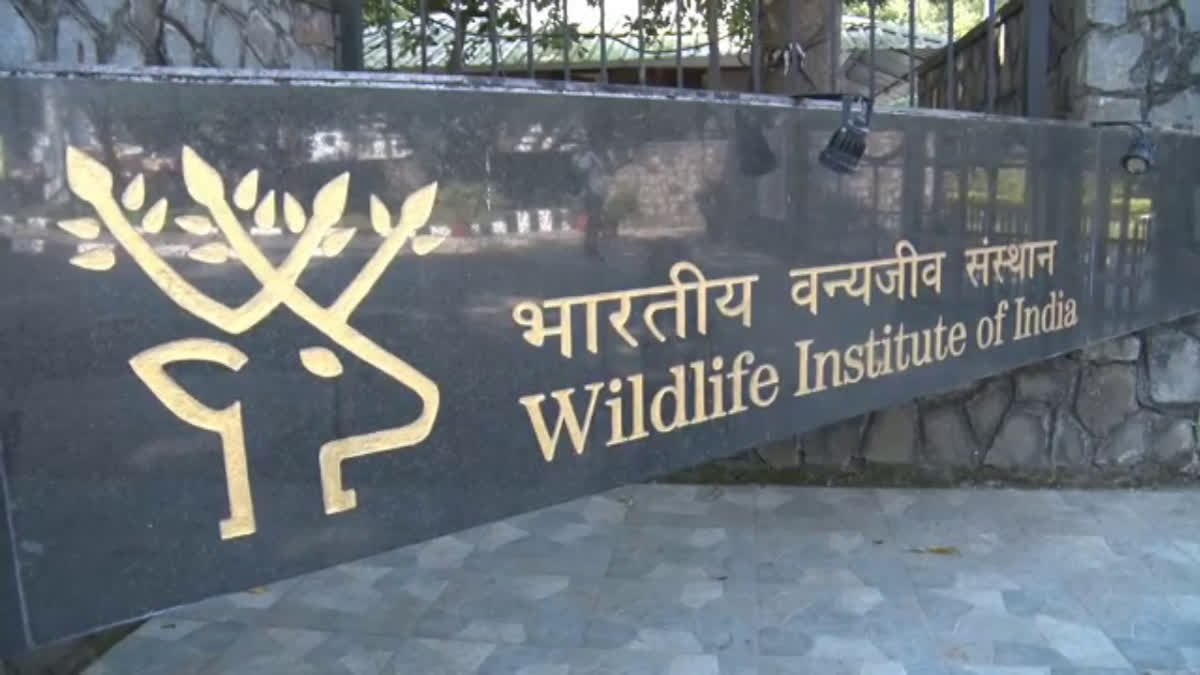Dehradun: Sensing the dangers of global warming, efforts are being made to understand its effect on the Himalayan ecosystem. The Wildlife Institute of India in Dehradun, Uttarakhand, is assessing the impact of rising temperatures on wildlife and vegetation.
This study will assess the condition of high Himalayan regions, including glaciers and alpine meadows known as bugyals, in light of the potential impact of rising temperatures due to global warming. It will also determine the future of the wildlife and vegetation present here.
Prime Minister Narendra Modi monitors the National Action Plan for Climate Change (NAPCC) program run by the Government of India. Himalayan regions are currently under study as part of the National Mission for Sustaining Himalayan Ecosystem program, initiated under the National Action Plan for Climate Change (NAPCC). Scientists from the Wildlife Institute of India (WII) in Dehradun are evaluating the status of wildlife and vegetation in the region.
Sensitive wildlife and vegetation will be most affected due to global warming. Scientists believe that due to the speed with which the environment is warming, sensitive wildlife will either have to leave their place or such species will move towards the danger of extinction.
According to S Sathyakumar, a scientist at the Wildlife Institute of India, only a very narrow area is suitable for some wildlife in the high Himalayan region. With global warming, the temperature will increase and it will also affect the high Himalayan region. In such a situation, the cold areas of the high Himalayan region suitable for snow leopards, musk deer, brown bears and Himalayan monal will be disturbed forcing them to migrate to higher areas. Scientists say that such areas where they will migrate are called refugia habitats. After assessing such places, the need for their conservation will be detailed in the report.
Scientists have made it clear that as the earth gets warmer, a different effect will be seen in the Himalayas. As the temperature increases, the tree lines, bugyals and glaciers on the Himalayas will also move upwards. The size of the Himalayas will increase and every vegetation and wildlife in the Himalayas will move upwards to get the temperature that suits them to survive.
The study being conducted by scientists in the rivers of the Himalayan states will observe the impact on the aquatic life. In the first phase of the study, scientists have prepared a baseline which includes identifying the wildlife present in the area, determining the sensitivity of the wildlife and vegetation, and collecting important information. Scientists expect the study to be completed in the next three to four years.



